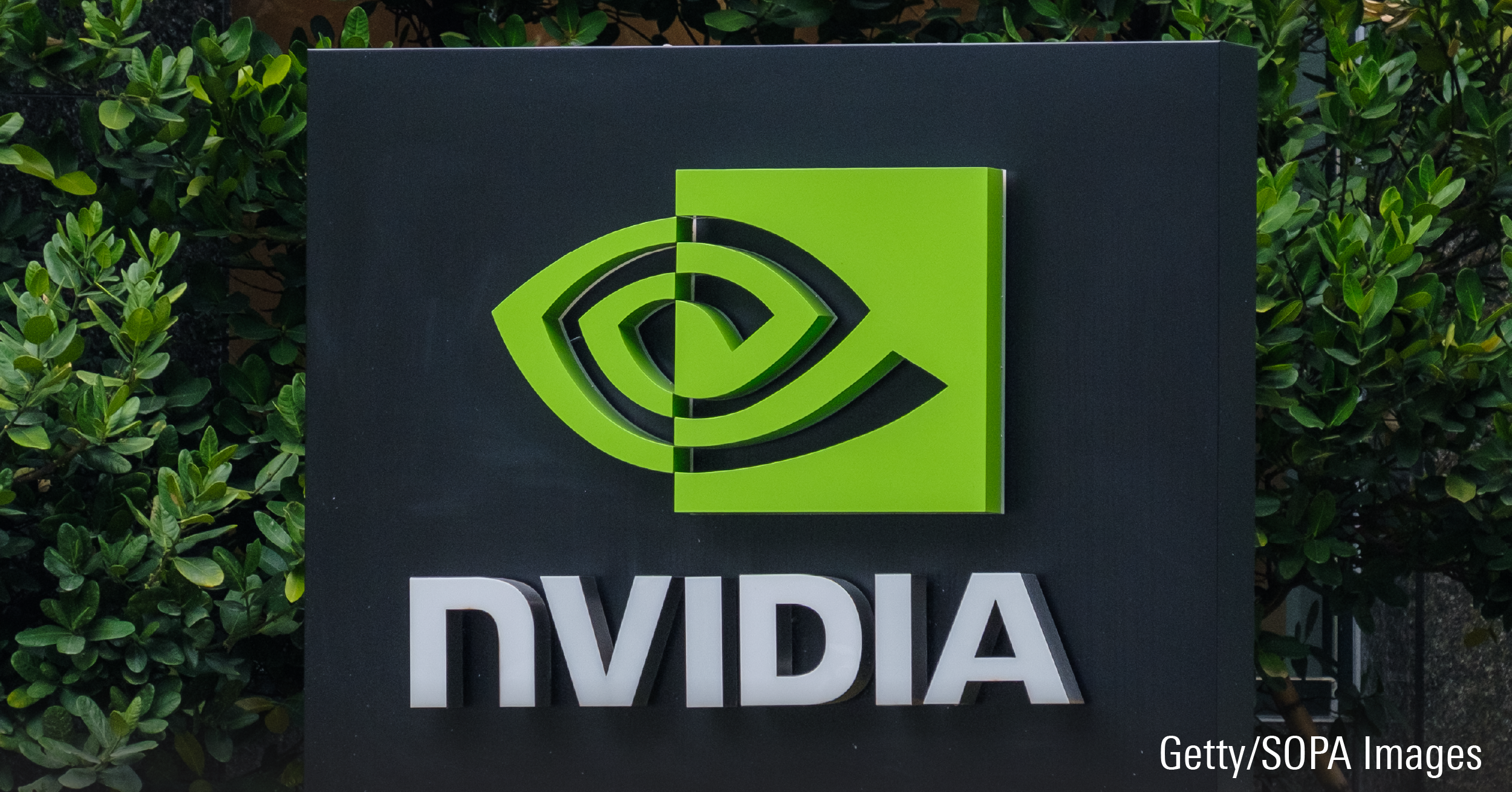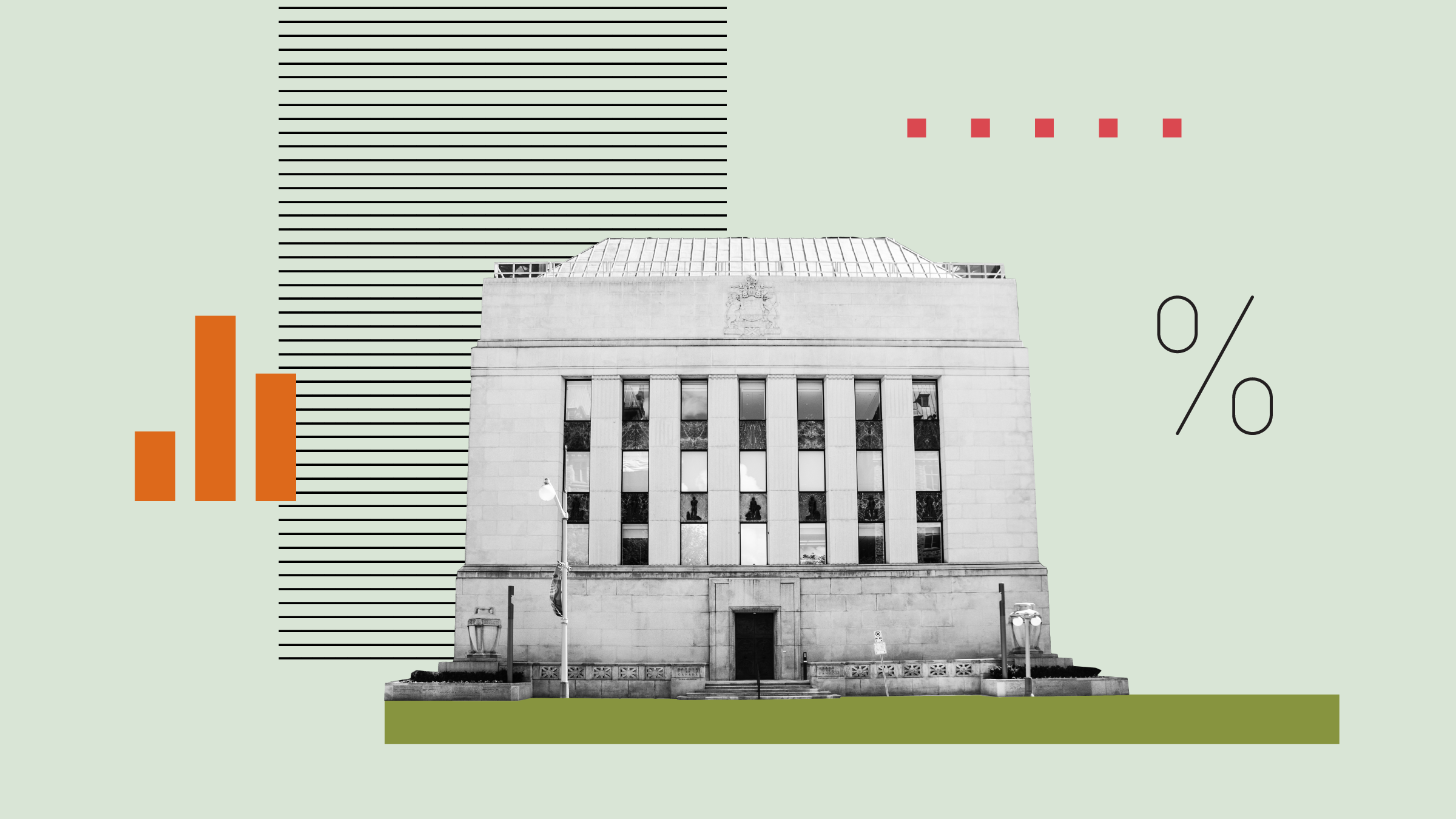Equity markets started the week strongly, buoyed by what was perceived as a thaw in U.S-China trade tensions.
The next day, China tariff fears returned, and markets tumbled. In one trading session on Tuesday, the Dow lost almost 800 points, while the S&P/TSX Composite lost over 200 points.
Yesterday, the U.S. markets were shut, but the Canadian market recovered, ending the day up around 0.7%, thanks in part to energy stocks that rose on the back on Alberta’s oil production cuts.
The Canadian market also reacted to the Bank of Canada’s decision to leave interest rates unchanged, and on the suggestion that the pace of future hikes might be slower.
"Governing Council continues to judge that the policy interest rate will need to rise into a neutral range to achieve the inflation target,” the central bank said in a statement. It noted that the pace of rate increases will depend on a number of factors, including the effect of higher interest rates on consumption and housing, and global trade policy developments.
“The persistence of the oil price shock, the evolution of business investment, and the Bank’s assessment of the economy’s capacity will also factor importantly into our decisions about the future stance of monetary policy,” the bank said.
“A sharp decline in global oil prices, wide discounts on Canadian crude, and a Q3 GDP report that was very soft in its details have all dented the economic outlook as we head into 2019. There was no chance of the BoC lifting rates”, said RBC Senior Economist Josh Nye in a report, noting that the central bank was right to give no timeline for further hikes.
“Our forecast assumes two rate increases next year, which would leave monetary policy slightly accommodative. As market pricing indicates, there is a growing risk that tightening doesn’t resume in January as we have been expecting,” Nye said.
Though market moves, especially on the downside, might spook some investors, it is important to remember that rises and falls are a regular feature of equity markets, and investors should not fear volatility.
Some investors could also see market dips as a buying opportunity. In the recent fall, more than 50 Canadian stocks slipped below our fair value estimates, and of these, more than 20 have an economic moat, or defendable competitive advantage.
Here’s a list of ten moat-y stocks that are trading at a discount of at least 10% to our fair value estimates:
| Name | Ticker | Industry | Economic Moat | Fair Value Uncertainty | |
 |
|||||
 |
|||||
| Enbridge Inc | ENB | Oil & Gas Midstream | Wide | Medium | |
 |
|||||
| Nutrien | NTR | Agricultural Inputs | Narrow | High | |
 |
|||||
| TransCanada Corp | TRP | Oil & Gas Midstream/span> | Narrow | Medium | |
 |
|||||
| CI Financial | CIX | Asset Managment | Narrow | High | |
 |
|||||
| Canada Imperial Bank of Commerce | CM | Banks - Global | Narrow | Medium | |
 |
|||||
| National Bank of Canada | NA | Banks - Global | Narrow | Medium | |
 |
|||||
| BRP Inc | DOO | Recreational Vehicles | Narrow | High | |
 |
|||||
| Royal Bank of Canada | RY | Banks - Global | Wide | Medium | |
 |
|||||
| Canadian Pacific Railway | CP | Railroads | Wide | Medium | |
 |
|||||
| The Toronto-Dominion Bank | TD | Banks - Global | Wide | Medium | |
 |
|||||
 |
|||||
| Data as of Dec. 5, 2018. Source: Morningstar | |||||
























